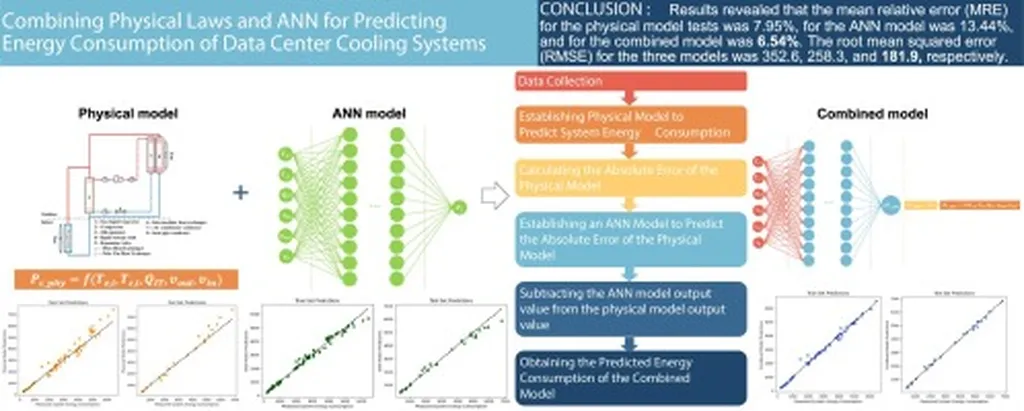In the heart of China’s North Plain, a groundbreaking study is set to revolutionize how we predict water inflow in complex geological settings, with significant implications for the energy sector. Led by Hong-wei Song from the Institute of Hydrogeology and Environmental Geology, Chinese Academy of Geological Sciences, the research introduces an innovative Artificial Neural Network (ANN) model that promises to enhance the accuracy of water inflow predictions in the Quaternary strata of the Shijiazhuang-Hebei Plain area.
The study, published in the Journal of Groundwater Science and Engineering (地下水科学与工程), focuses on the challenging transition zone from the piedmont region of Shijiazhuang to the inland plain areas of Hengshui. This region is notorious for its high-salinity interference, which has historically posed a significant hurdle in accurate water inflow predictions. “The high salinity in the area has been a persistent issue, affecting the reliability of our predictions,” explains Song. “Our study addresses this by introducing a comprehensive parameter, T”, which effectively eliminates the coupling effect between electrical parameters and salinity.”
The research team employed advanced geophysical methods, including the Induced Polarization (IP) and Vertical Electrical Sounding (VES), to gather crucial data. By combining these parameters with measured water flow rates from borehole pumping tests, they built a robust training sample set. The introduction of the T” parameter—defined as T”=ρ*H/ρ’, where ρ is the aquifer resistivity, ρ’ is the aquitard resistivity, and H is the aquifer thickness—marked a significant leap in prediction accuracy. “The T” parameter allowed us to reduce the prediction error in high salinity areas to within 7%, a substantial improvement from previous models,” Song notes.
The implications for the energy sector are profound. Accurate prediction of water inflow is critical for the efficient and cost-effective operation of geothermal and oil & gas projects. In regions with complex geological conditions and high salinity, the ability to predict water inflow with greater precision can lead to significant cost savings and improved project feasibility. “This model not only enhances our understanding of water inflow dynamics but also provides a practical tool for energy sector professionals to make informed decisions,” Song adds.
The study’s findings also highlight the potential of ANN technology in geophysical research. By optimizing algorithms, augmenting data, and improving model structures, the researchers demonstrated that even with a small sample size, significant enhancements in prediction accuracy and generalization ability are achievable. This opens up new avenues for the application of ANN in various geological and hydrological studies.
As the energy sector continues to evolve, the need for accurate and reliable predictive models becomes increasingly critical. The research led by Hong-wei Song offers a promising solution, paving the way for more efficient and sustainable energy exploration and extraction. With the publication of this study in the Journal of Groundwater Science and Engineering, the scientific community now has a powerful new tool to tackle the challenges of water inflow prediction in complex geological settings.

